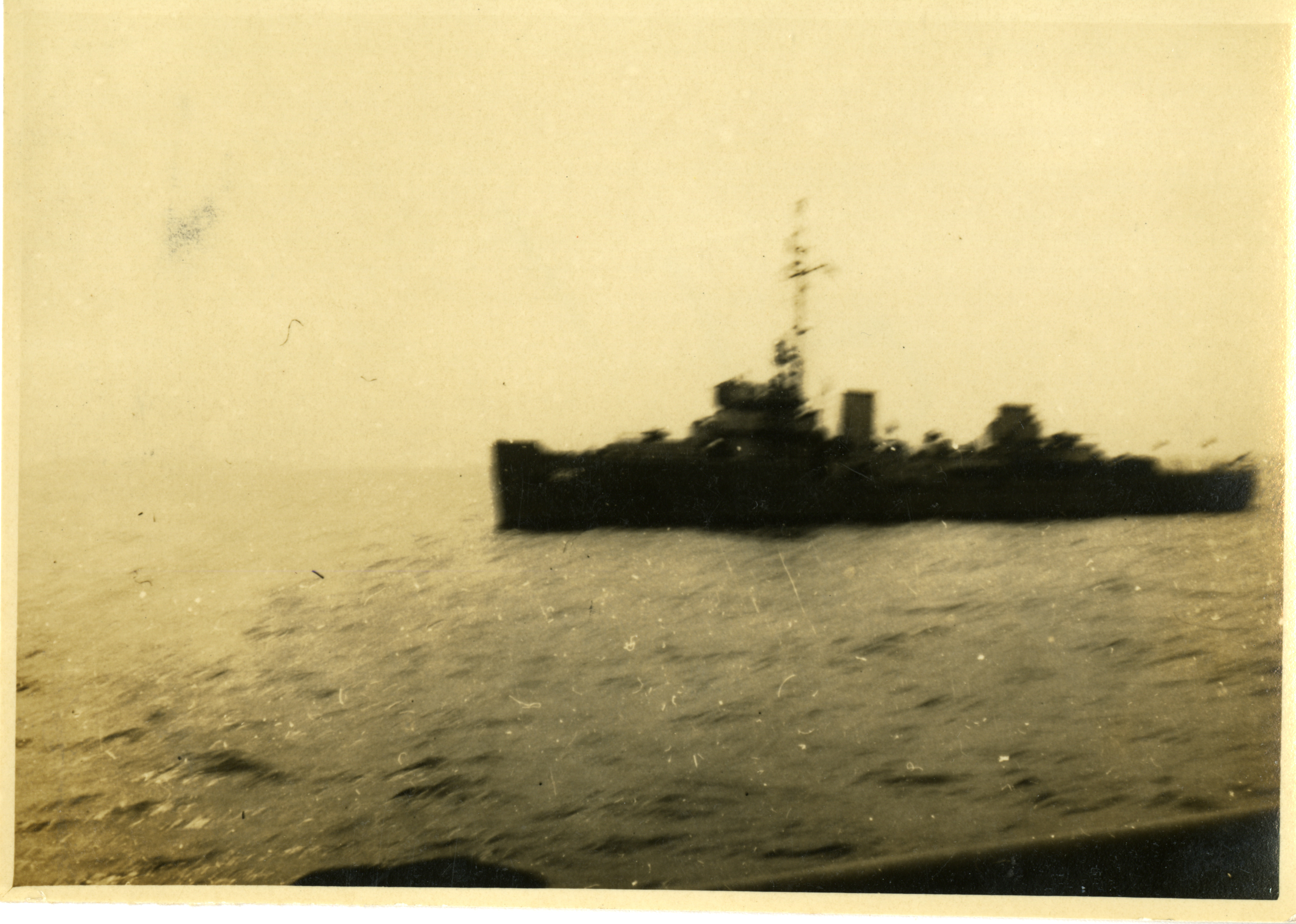

The most successful Dutch submarine to operate out of Fremantle was the Zwaardvisch (Swordfish). The crew were rescued by the US submarine Cod, and O-19 was disabled and abandoned. Unfortunately, in July 1945, she ran aground on Ladd Reef in the South China Sea, and could not be refloated. The larger “K” boats continued in operational service, their tasks including the dropping and (less frequently) the recovery of NEFIS reconnaissance parties in the occupied NEI.Īfter an extensive refit in Britain, O-19 returned to Australian waters and had some success against Japanese shipping in 1944-45. The older boats, K-VIII and K-IX were not considered suitable for operational use, and were consigned to training duties. The remaining vessels of the fleet escaped to Colombo in Ceylon or to Australia, where they were based at the Western Australian port of Fremantle. K-VII was later sunk in harbour by Japanese bombs, and K-X, K-XIII, and K-XVIII were scuttled at Surabaya to prevent their capture. O-16, O-20, K-XVI, and K-XVII were all lost before the end of the year. Several other vessels were also damaged or sunk during these early weeks, but the cost was high.


The RNN submarine fleet fought bravely against the Japanese invasion, and in fact scored the first Dutch success of the war when K-XII sank the transport Toto Maru off Kota Baru on 12 December 1941. The later “K” boats (XIV–XVIII) were considered to be reliable and fairly modern seagoing craft. The “O” boats were the larger and more modern vessels, mostly dating from the late 1930s, while several of the smaller “K” (for “Koloniën”, or “Colonial”) boats dated from the First World War period. At the start of the war in the Pacific, the Royal Netherlands Navy ( RNN) had a sizeable fleet of 15 submarines based at Surabaya.


 0 kommentar(er)
0 kommentar(er)
